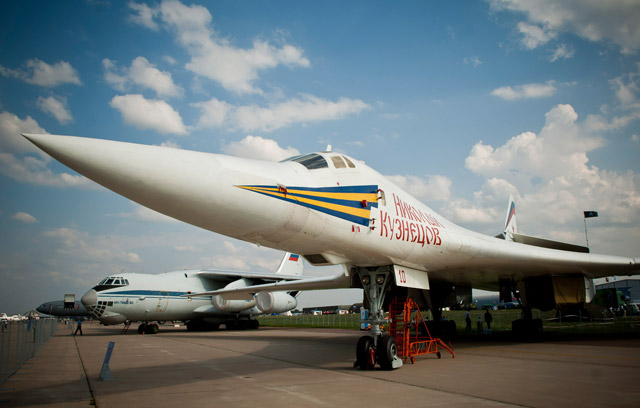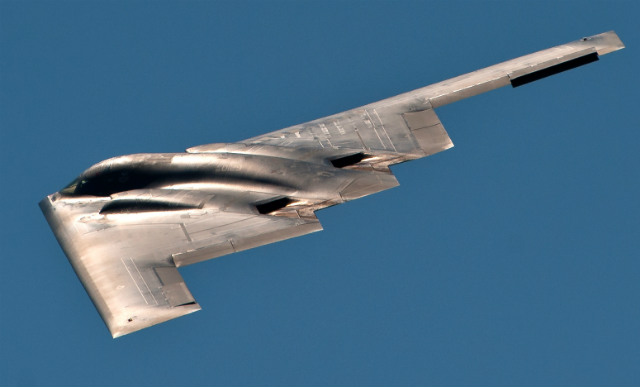The Russian air force has selected a subsonic Tupolev flying wing proposal as the basis for its PAK-DA long-range bomber programme, according to command sources quoted by local media. If confirmed, the choice would end a long campaign by deputy prime minister Dmitry Rogozin to develop a hypersonic aircraft, which appears to have been abandoned as technically incompatible with the air force's insistence on extended-range performance and stealth characteristics.
Moscow announced a competition for bomber designs during 2012. Its programme "attracted several proposals from various design bureaus, including the Tupolev flying-wing design and at least one hypersonic proposal", a defence ministry source told the Izvestia newspaper.
A blended fuselage flying-wing design will permit installation of the engines inside the aircraft, maximising stealth and minimising the aircraft's infrared signature, air force sources say.
"Given the timescale, the general state of the Russian aerospace sector, the demands being placed upon it, and the likely available funding, a high-speed option was unlikely to be favoured given the enormous technical risk," says Douglas Barrie, air warfare analyst with the London-based International Institute for Strategic Studies. "Hypersonics may feature as part of the PAK-DA programme, but as strike weapons carried within the aircraft's internal bay or bays."
Last year, Rogozin announced the formation of a joint-venture between Tactical Missiles Corporation and NPO Mashinostroyenia to research hypersonic technology.
Tupolev will complete an outline proposal for the aircraft and present a budget proposal for detailed design work by the start of 2014. Production is due to begin by 2020, with the type expected to eventually replace the air force's Tupolev Tu-95 and Tu-160 (below) bombers.
 |
|---|
BillyPix |
"Even taking the 'conservative' option, the timescale for development of the bomber remains ambitious," Barrie says.
Rogozin had long championed a hypersonic design for Russia's future bomber requirement. Speaking in August 2012, he noted: "The question is: will we copy the Americans' 40-year experience and create a [Northrop Grumman] B-2 analog? Or will we go down a new, ultra-modern technology route, looking to the horizon, and create a machine able to penetrate air defences and carry out a strike on any aggressor?"
 |
|---|
US Air Force Deputy prime minister Dmitry Rogozin had wanted to avoid imitating the USAF's B-2 design |
Source: Flight International























